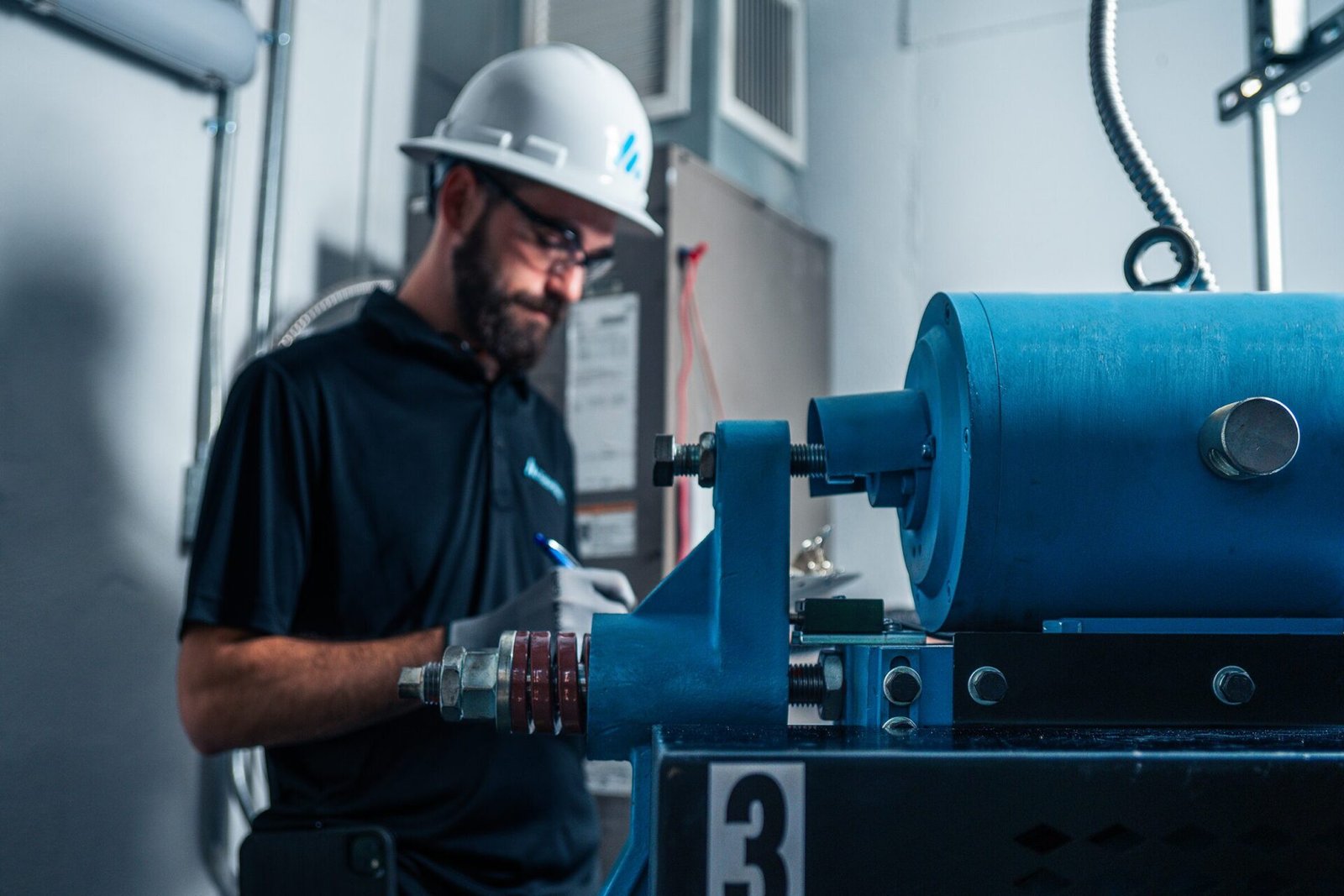
Comparing Elevator Maintenance Contracts: What to Look Out For
Elevators are the silent lifelines of modern buildings. Whether in a high-rise office, residential tower, hospital, or hotel, a single malfunction can disrupt movement, cause frustration, and even pose safety risks. That’s why elevator maintenance contracts are not just paperwork they’re the foundation of reliability, safety, and cost control.
Yet, not all elevator maintenance contracts are created equal. Some include hidden fees, restrictive terms, or unclear service levels that can leave property owners paying more for less. In this comprehensive guide, we’ll break down what to look for when comparing elevator maintenance contracts, how to avoid common pitfalls, and how modern tools like ElevatorApp simplify contract tracking and performance management.
Why Elevator Maintenance Contracts Matter
An elevator maintenance contract defines the responsibilities between a building owner and a service provider. It outlines how often maintenance will occur, what’s covered under the agreement, and how emergencies are handled. A good contract ensures:
- Consistent safety compliance with local codes and standards
- Minimized downtime through preventive maintenance
- Predictable budgeting with transparent pricing
- Extended equipment lifespan through proper care
On the other hand, poorly written contracts can lead to unexpected costs, missed maintenance visits, or delayed emergency responses all of which affect tenant satisfaction and property reputation.
The Three Main Types of Elevator Maintenance Contracts
Before comparing offers, it’s essential to understand the three major types of contracts most service providers offer:
1. Full Maintenance (FM) Contract
This is the most comprehensive option. It covers both preventive maintenance and major repairs, including parts and labor.
Pros:
- Predictable monthly cost
- Covers most repair expenses
- Ideal for older elevators or high-traffic buildings
Cons:
- Typically the most expensive option
- May include exclusions that limit parts coverage
For complete performance visibility and maintenance tracking, property owners can use Elevator Maintenance Software to monitor contract compliance.
2. Oil & Grease (O&G) Contract
This type includes routine lubrication, cleaning, and minor adjustments, but excludes major parts and repairs.
Pros:
- Lower monthly fee
- Suitable for newer elevators with warranty coverage
Cons:
- Owners pay out-of-pocket for major repairs
- Can lead to unpredictable expenses
3. Examination & Lubrication (E&L) Contract
The most basic level technicians inspect equipment periodically and perform light maintenance.
Pros:
- Lowest cost
- Meets minimal code requirements
Cons:
- Doesn’t cover parts, major repairs, or after-hours service
- Puts more risk on the building owner
Key Elements to Compare in Elevator Maintenance Contracts
When evaluating elevator service proposals, these are the most important factors to review side by side:
1. Scope of Coverage
Read the fine print carefully. Some contracts claim to be “full coverage” but exclude expensive parts like door operators, controllers, or traction machines
2. Frequency of Maintenance Visits
Maintenance schedules vary from monthly to quarterly, depending on the elevator type, traffic, and local code.
Example:
- High-rise commercial buildings: monthly or bi-monthly
- Residential: quarterly
- Freight elevators: more frequent due to heavy load use
3. Emergency Response Times
Emergencies happen. Whether it’s a trapped passenger or a failed controller, you need assurance that help will arrive fast.
Ask:
- What’s the guaranteed response time for emergencies?
- Is 24/7 support included in the contract or billed separately?
- Are after-hours rates higher?
4. Exclusions and Limitations
Every contract has exclusions what’s not covered. This is where costs often hide. Common exclusions include:
- Vandalism or misuse
- Water damage
- Power surges
- Modernization components (controllers, drives, etc.)
5. Pricing and Payment Terms
Compare not just the monthly rate but the total cost of ownership. Ask about:
- Annual price escalation clauses
- Travel time or mileage charges
- Minimum billing hours per call
6. Contractor Qualifications
Choose certified elevator contractors familiar with your equipment brand and local code requirements (like ASME A17.1 / CSA B44).
Also, check:
- Licensing and insurance status
- Technician certifications
- References from similar properties
7. Performance Metrics
Modern contracts should include measurable service performance metrics such as:
- Mean Time Between Failures (MTBF)
- Response time benchmarks
- Downtime tracking
Common Red Flags to Avoid
Even reputable contractors may include clauses that disadvantage building owners. Here are a few to watch for:
- Auto-renewal without notice – Locking you into another year without warning.
- Vague service descriptions – “As needed” or “routine checks” lack accountability.
- Excessive cancellation fees – Prevents flexibility if performance drops.
- No reporting requirement – You can’t verify what’s being done.
The Role of Technology in Contract Management
Elevator maintenance management has evolved beyond spreadsheets and phone calls. Tools like ElevatorApp allow property managers to compare multiple maintenance contracts, track performance, and manage service schedules in one platform.
With features like:
- Digital contract comparison tools
- Maintenance history dashboards
- Real-time alerts for overdue inspections
- Contract renewal reminders
Case Example: How Data Transparency Improves Maintenance Outcomes
Let’s imagine two similar buildings:
Building A uses a traditional contract model with manual reporting. Maintenance visits often go unrecorded, and performance data is vague. Over two years, elevator downtime increases by 18%, and repair costs spike.
Building B uses ElevatorApp to monitor contract compliance. Every visit, inspection, and issue is logged digitally. When performance drops, the manager quickly identifies trends and adjusts the maintenance plan.
Result: Building B reduces elevator downtime by 35% and saves 20% on total maintenance costs.
How to Negotiate a Better Elevator Maintenance Contract
- Get at least three quotes from different vendors.
- Request a breakdown of coverage, frequency, and pricing.
- Ask for a sample maintenance report to assess detail quality.
- Avoid long-term lock-ins unless performance guarantees are included.
- Use a consultant or audit platform to review the contract terms objectively.
Why Third-Party Oversight Matters
Independent oversight adds an extra layer of protection for property owners.
Third-party elevator consultants or digital tools like ElevatorApp help:
- Audit maintenance performance
- Validate invoices
- Ensure compliance with safety standards
- Benchmark service levels across vendors
This helps you make informed decisions and avoid costly surprises.
Choose Transparency Over Guesswork
Choosing an elevator maintenance contract isn’t about picking the lowest price it’s about value, reliability, and visibility. A transparent, well-structured agreement saves time, reduces costs, and ensures passenger safety.
By using technology-driven platforms like ElevatorApp, property owners and facility managers can:
- Compare maintenance contracts in detail
- Monitor contractor performance
- Receive real-time alerts for service gaps
- Make data-backed decisions for long-term savings
The smartest buildings aren’t just tall they’re proactively managed. Start by reviewing your current elevator maintenance contract today and see what’s really behind the fine print.




